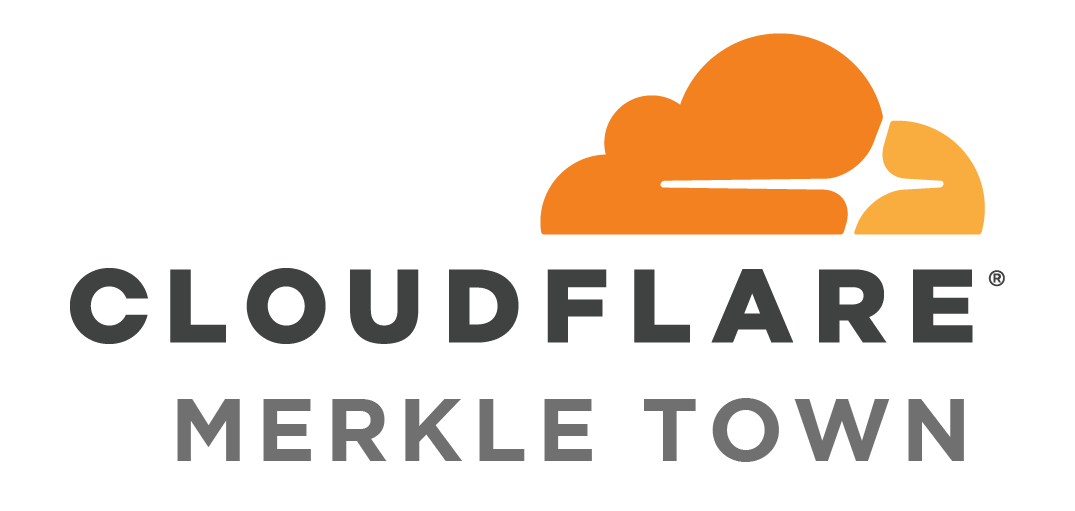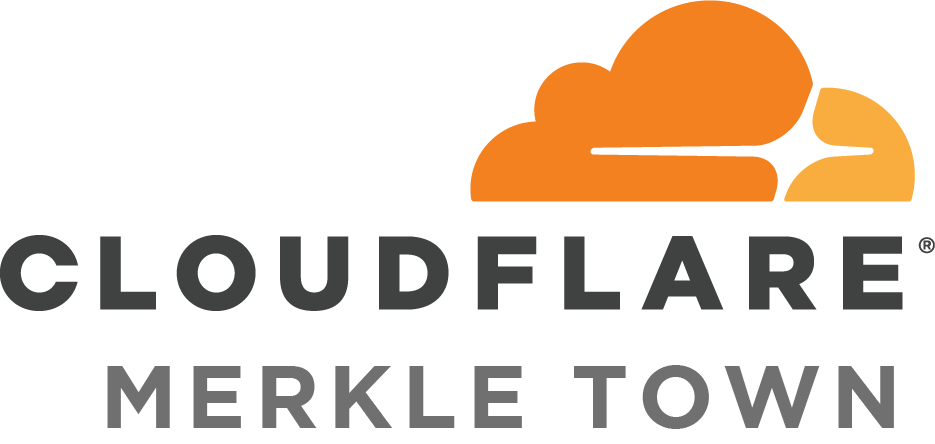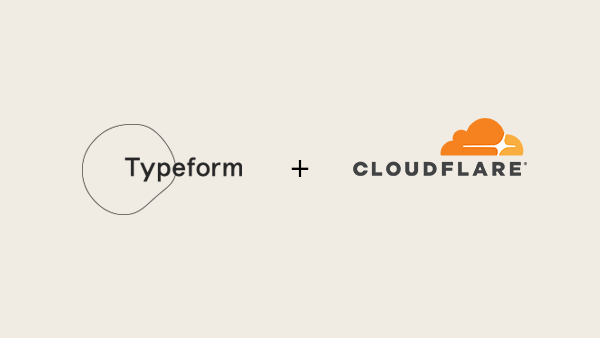Infoblox Integration in Ansible 2.5

The Ansible 2.5 open source project release includes the following Infoblox Network Identity Operating System (NIOS) enablement:
- Five modules
- A lookup plugin (for querying Infoblox NIOS objects)
- A dynamic inventory script
For network professionals, this means that existing networking Ansible Playbooks can utilize existing Infoblox infrastructure for IP Address Management (IPAM), using Infoblox for tracking inventory and more. For more information on Infoblox terminology, documentation and examples, refer to the Infoblox website
Let’s elaborate on each of these Ansible 2.5 additions. All of the following examples (and many more) are provided in the network automation community project, under the infoblox_ansible Github repo. The integrations for Ansible require that the control node (where Ansible is being executed from) have the infoblox-client installed. It can be found here and installed with pip issuing the pip install infoblox-client command.
Ansible Infoblox Modules
There are five new modules included with Ansible 2.5. They can be currently found in the development branch of the documentation:
- nios_host_record - configure host records
- nios_network - configure networking objects
- nios_network_view - configure networking views
- nios_dns_view - configure DNS views
- nios_zone - configure DNS zones
Here is an example playbook on configuring a IPv4 network using the Continue reading
The Week in Internet News: Good Time to Be in IoT Security
Good time to be in IoT security: Spending on Internet of Things security products and services will rise to $1.5 billion in 2018, up 28 percent from 2017, estimates Gartner. IoT security spending will skyrocket to $3 billion a year in 2021, according to a story in DarkReading.
Facebook breached? It was hard to avoid the recent news involving Cambridge Analytica, the data analytics firm used by Donald Trump’s presidential campaign. The company acquired data on about 50 million Facebook users – getting the data from a researcher – in an effort to build voting profiles for those people. Facebook has called the unauthorized use of its user data a “breach of trust,” while some critics have suggested it’s a plain old data breach, according to a story on Time.com. Meanwhile, Facebook founder Mark Zuckerberg told CNN he’s happy to comply with congressional requests to testify “if it’s the right thing to do.”
Blockchain takes over the world: Google is planning to roll out a Blockchain feature for its cloud-computing service, The Verge reports. The company could potentially license its Blockchain service for other firms to run on their servers. Meanwhile, Chinese telecom and networking vendor Huawei Continue reading
Network Break 177: Dell Launches New Branch CPE; Sonic In The Spotlight
Take a Network Break! In this week’s show, Dell EMC rolls out new branch hardware to run VNFs, the Sonic switch OS gets its turn in the open networking spotlight, and Innovium announces sampling of its Teralynx programmable ASIC.
The IEEE ratifies a standard for 25Gbps over single-mode fiber, Dropbox embraces security researchers, and Micro Focus suffers a massive drop in value.
Cryptojacking roars onto the threat scene, and Orbitz reports that attackers may have breached a legacy site, exposing up to 880,000 customers.
Get links to all these stories after our sponsor message.
Sponsor: ThousandEyes
ThousandEyes gives you performance visibility from every user to every app over any network, both internal and external, so you can migrate to the cloud, transform your WAN, troubleshoot faster and deliver exceptional user experiences. Sign up for a free account at thousandeyes.com/packetpushers and choose a free ThousandEyes t-shirt!
Show Links:
Dell EMC Takes on Cisco, Launches Open uCPE for SD-WAN – SDX Central
Dell EMC Takes Open Networking to the Edge for Next-Generation Access – Dell EMC
Innovium announces OCP SAI and open-source SONiC solution to accelerate TERALYNX market adoption – Innovium
Apstra Demonstrates Open Networking SONiC over Mellanox at OCP Summit Continue reading
Spotlight on Network Transformation
A two-day summit at Interop ITX 2018 featuring industry luminaries Martin Casado and Radia Perlman will focus on how networks need to change to keep up with business demands.
Spotlight on Network Transformation
A two-day summit at Interop ITX 2018 featuring industry luminaries Martin Casado and Radia Perlman will focus on how networks need to change to keep up with business demands.
Dunning-Kruger in IT Infrastructure
Sitting in a taxi driving to CLEUR 2018 in Barcelona we couldn’t resist but complain about the stuff we’re seeing in real-life networks, resulting in someone exclaiming something along the lines of “I can’t understand how someone could do so many stupid things”
Welcome to the wonderful world of Dunning-Kruger Effect.
Read more ...Stateful vs Stateless firewalls: Which one to use when?
Firewalls provide traffic filtering and protects the trusted environment for the untrusted. A firewall can be stateful or stateless A stateful firewall is capable of tracking connection states, it is better equipped to allow or deny traffic based on such knowledge. A TCP connection for example goes through the handshake (SYN-SYN+ACK-SYN), to EASTABLISHED state, and … Continue reading Stateful vs Stateless firewalls: Which one to use when?London & Barcelona developers, we want to meet you this week


Are you based in London or Barcelona? Drop by the Cloudflare London office to meet Kenton Varda, lead architect of Cloudflare Workers, front end developers Marta Bondyra and David Sancho from Typeform, or drop by the Typeform office in Barcelona to hear from Jason Harmon, Typeform’s Chief Platform Officer. My Developer Relations teammates and I are visiting these cities over the next two weeks. We’d love to meet you and invite you to the three events we’re hosting.
Our first stop is the Cloudflare London office. Developers from our Cloudflare Apps partner, Typeform, are leading a talk on Tuesday, March 27th. The lead architect of Cloudflare Workers, Kenton Varda, is going to lead a follow-up talk about edge computing on Wednesday, March 28th.
Event #1: Building for a tech audience: Great dev lessons for adventurous makers
Tuesday, March 27th: 18:00-20:00
Location: Cloudflare London - 25 Lavington St, Second floor | SE1 0NZ London
Creating software from scratch, although fun, can be time consuming and expensive. Marta and David, both developers at Typeform, will tell you why their teams built tools to make the lives of developers a little easier and what they learned along the way.
A tour through Merkle Town, Cloudflare’s Certificate Transparency dashboard

For a quick primer on Certificate Transparency, please read my colleague Nick Sullivan’s post from earlier today. The discussion below expands on that post and details how Cloudflare monitors the health and performance of Certificate Transparency (CT) logs.

The success of Certificate Transparency rests on the existence of a robust ecosystem of logs and log operators. Without logs that CAs can depend on, it’s not practical for browsers to require that SSL certificates have been logged to be trusted—as Chrome plans to do on April 30. With this deadline fast approaching and others browsers likely to follow suit, it’s critical that the CT ecosystem continues to strengthen and expand with new log operators.
As we wrote about earlier today, Cloudflare recently joined this group of trusted log operators, helping strengthen this critical ecosystem. Now, we’d like to take you on a quick guide through our new publicly accessible tool that tracks the health of all trusted logs. In addition to basic uptime and response times, Merkle Town, provides statistics on the type and frequency of certificates issued, the top issuers, and the inter-dependencies CAs have on existing logs and each other. Click here to jump right into our Continue reading
